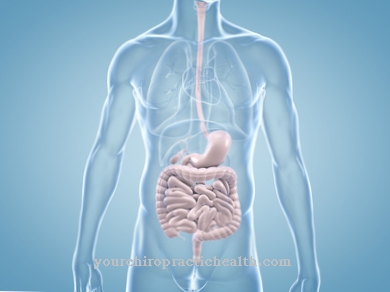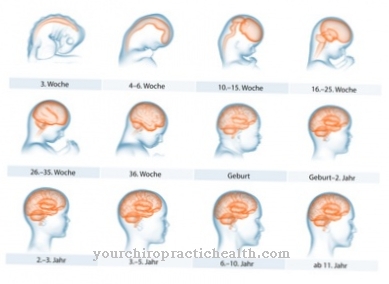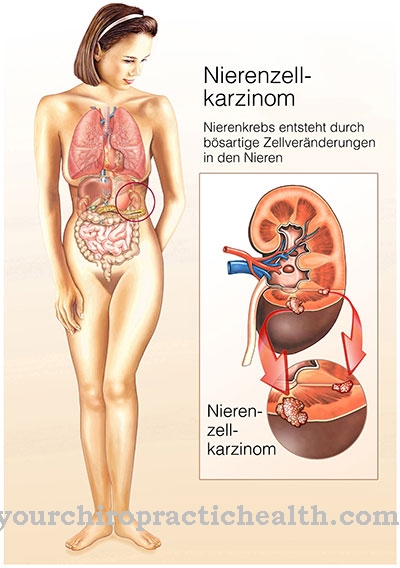The brain (technical language: cerebrum or encephalon) is the control center of the body consisting of nerve tissue, in which information from the inside of the body is integrated and processed with information from the outside world. Together with the spinal cord, it forms the central nervous system (CNS).
What is the brain

The human brain is the part of the central nervous system that is in the skull. The transition to the spinal cord is marked by the crossing of the pyramids at the level of the large occipital opening (foramen magnum) at the base of the skull.
An adult man's brain weighs an average of 1400 g, that of an adult woman of the same height weighs an average of 1300 g. According to current estimates, the brain consists of around 100 billion nerve cells and roughly as many glial cells.
Anatomy & structure
The division of the Brain visible in two hemispheres. The hemispheres of the brain are connected by several commissures. According to its development history, the brain is divided into three parts:
The oldest part in evolutionary terms is the hindbrain, consisting of the elongated medulla, the bridge and the cerebellum. This is followed by the midbrain. The youngest part is the forebrain, which can be divided into the diencephalon and the cerebrum.

The brain is enveloped by protective meninges. The cerebral cortex is deeply furrowed to increase its surface area. The cerebral cortex is usually divided into 5 lobes: frontal lobes, parietal lobes, temporal lobes, occipital lobes and island lobes. In the brain itself, gray and white matter can be distinguished: The gray matter contains a large number of cell bodies. It occurs mainly superficially in the cerebral cortex, inside the brain there are only islands of gray matter as nuclei or networks.
Otherwise the white matter predominates inside, which mainly consists of nerve cell extensions. In addition, there is a cavity system made up of 4 ventricles inside the brain. These are filled with cerebrospinal fluid, which has cushioning, immunological and signaling functions.
Functions & tasks

The brain is a highly complex organ that performs a wide variety of tasks. It controls basic vegetative functions as well as high cognitive performance.
In the historically older sections, basic functions such as heart rate, breathing, sweat secretion and vigilance are controlled. For the creation of emotions, natural rhythms and memory functions, an interaction of older and younger structures is necessary. In the brain, the sensations of all senses are processed and integrated, so that perceptions and sensory sensations arise.
Especially the very well developed sense of sight in humans takes up considerable parts of the cerebral cortex. The motor system within the brain enables the control and planning of muscle activity. Without the motor brain performance, only a few reflex movements via the spinal cord are possible.
The cerebrum is also considered to be the seat of human personality and intelligence. The brain needs a lot of energy in order to perform its full range of functions: when at rest it is responsible for 15-20% of our energy consumption.
Diseases
The spectrum of possible brain diseases is extremely wide. First sign of illness Brain are mostly pain or dysfunction.
A very common clinical picture in industrialized nations is stroke, in which brain tissue is no longer adequately supplied with blood due to vascular occlusions or ruptures. Nerve cells react very sensitively to a lack of oxygen and are irretrievably lost after just a few minutes. Epilepsies caused by uncontrolled mass discharges of neurons are also common.
Cancer can affect the brain either primarily in the form of brain tumors or secondarily through brain metastases. Inflammatory brain diseases (encephalopathies) are caused by viruses, bacteria, fungi or worms and often also affect the meninges in the form of meningitis. The etiology of multiple sclerosis, a chronic inflammatory disease in which the myelin sheaths of the CNS degenerate, is still not understood.
The degenerative and not yet fully understood brain diseases also include Alzheimer's dementia, Huntington's disease and Parkinson's. A traumatic brain injury can end mildly with a slight concussion, but also with bruises, hemorrhages and a lethal increase in intracranial pressure. The irreversible failure of the brain is known as brain death and - ethically controversial - used as a definition of death.
You can find your medication here
➔ Medicines against memory disorders and forgetfulnessTypical & common diseases
- dementia
- Creutzfeldt-Jakob disease
- Memory lapses
- Cerebral hemorrhage
- Meningitis

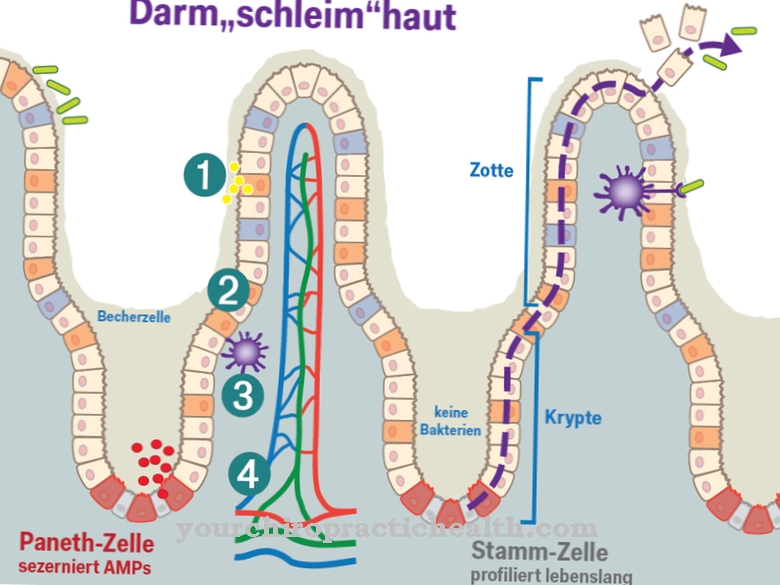

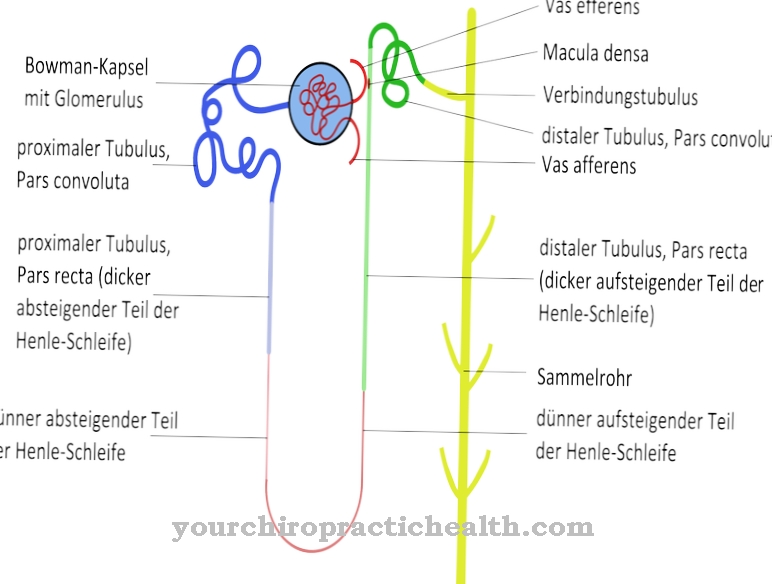
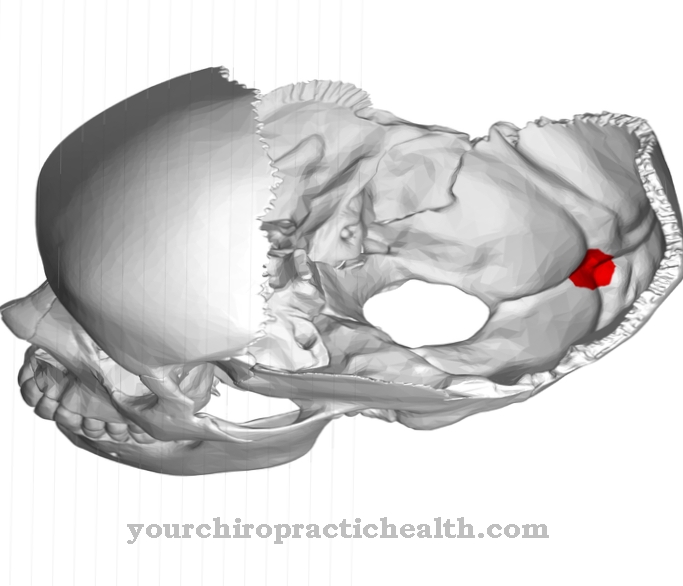
.jpg)



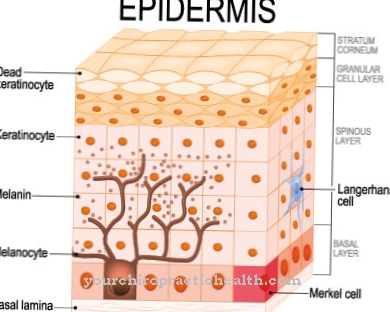

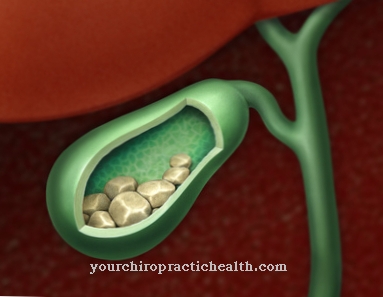


.jpg)
